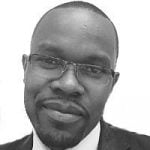HEALTH Minister Sylvia Masebo says young people are contributing to nearly half of the new HIV infections in the country. And Masebo has revealed that more than 1.2 million people in the country are on life saving antiretroviral drugs. Meanwhile, US Ambassador to Zambia Michael Gonzales says there is a need to educate and empower young women, adolescents so that they can access healthier HIV prevention options. Speaking during the commemoration of this year’s world AIDS day held under the theme “let communities lead”, Masebo thanked the US government and other partners for their continuous support towards the fight against HIV/AIDS “As communities lead, governments will also lead, this leadership has and will continue being led from the highest political...
























